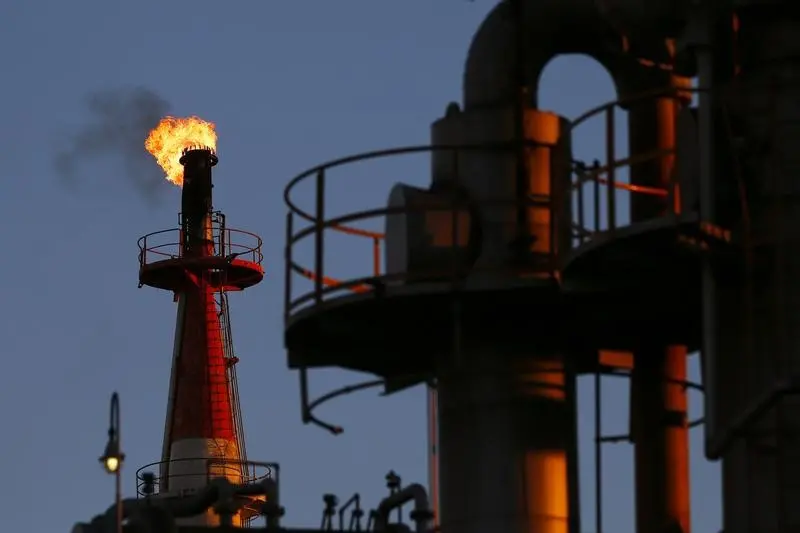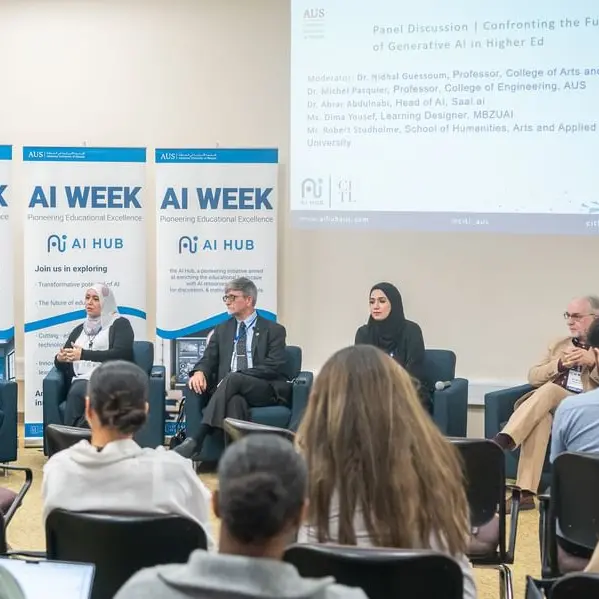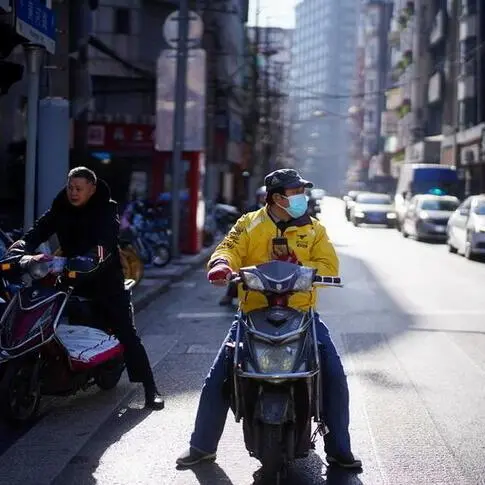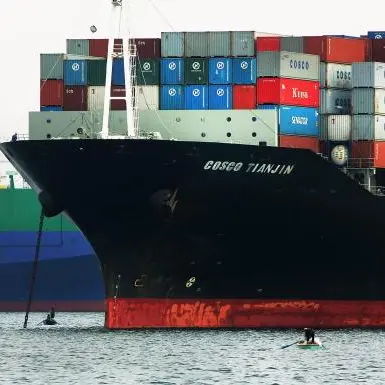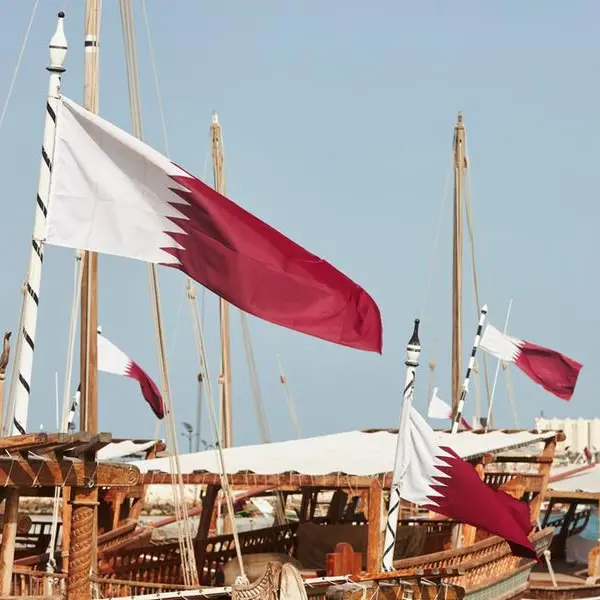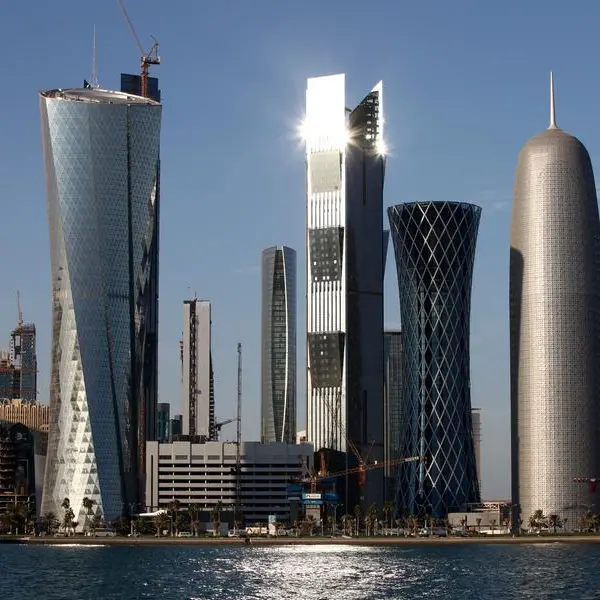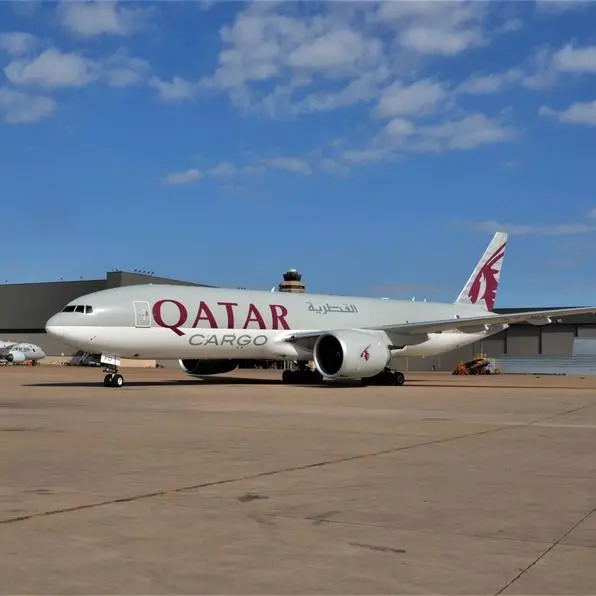PHOTO
28 September 2015
The Duqm Special Economic Zone Authority (SEZAD) has unveiled a 20-year strategy for developing vast swathes of land earmarked for industrial and commercial investment on Oman's Wusta coast.
According to a key official, development of various industrial zones allocated within the sprawling SEZ is envisioned in two distinct phases through to the year 2035. By around the end of this timeframe, a sizable 150 square kilometres of leasable land will have been made available for a mix of heavy, medium and light industries, said Anwar Kahlan al Battashi, Manager -- Urban Planning.
The ambitious scale of the Duqm SEZ initiative and its implications for Oman's long-term economic development were outlined at a construction summit held in the city recently. In a presentation on the 'Underlying Business Opportunities' associated with this mammoth undertaking, Al Battashi said the SEZ represents a powerful catalyst for economic diversification and employment generation.
Infrastructure development of this massive economic hub which, at 1,745 sq km is more than twice the size of Singapore, is initially centred on the northern half of the SEZ, he said.
"Our current focus is on master-planning the development of the northern part," said Al Battashi. "We are working on a phasing that is intelligent and focused on the anchor tenants, but also on the existing infrastructure," he noted.
Phase 1, covering the 2015-2025 timeframe, envisages a focus on the development of heavy industries, chiefly a grassroots refinery and petrochemicals complex, as well as an array of medium industries that will support port activities and the proposed rail network linking Duqm with the rest of the national rail system.
Also during this period, infrastructure will be suitably developed to support light and medium industries that will leverage their proximity to the port and airport for imports of raw materials and exports of finished goods.
Phase 2, covering the 2026-2035 timeframe, will cater to an anticipated upsurge in chemical and petrochemical related investments operating downstream of the anchor refinery and petrochemicals complex.
"By then, around 250 sq km of industrial zones will have been completed, yielding around 150 sq km of leasable land distributed between heavy, medium and light industries," said Al Battashi.
Significantly, the master-plan envisions clearly demarcated sectors for different types of industries and investments. It includes a 25 sq km zone dedicated to light industrial investments of the type that do not generate emissions. Investments suitable for this zone include warehousing, agro-businesses, fish processing, and light manufacturing, said Al Battashi.
Medium-scale industries are proposed to be housed in a 52 sq km zone suited for car and bus manufacturing units, transport-related storage activities, metal cutting, and industrial scale food processing businesses.
Heavy industries are proposed to be clustered in a gigantic 52 sq km zone suitably prepared to accommodate chemical and petrochemical units, pulp and paper manufacturing plants, iron and steel fabrication yards, cement manufacturing facilities, and so on.
Given Duqm's future role as a multimodal logistics gateway, ample space is being set aside for the establishment of a rail hub that will incorporate a marshalling yard and maintenance depot within the SEZ. The 11 sq km rail hub will essentially integrate Duqm, with its port and SEZ, with the national and GCC rail networks.
Importantly, an impressive 6 sq km zone is being established exclusively to host renewable energy related investments, said Al Battashi. "Like much of the rest of Oman, Duqm is very sunny and enjoys one of highest solar radiation levels. Windmills have significant potential too because of Duqm's proximity to Salalah and its khareef. While the khareef is seasonal, there are parts of Duqm that sit on a plateau and enjoy windy conditions during the rest of the year," he stated. Rural Areas Electricity Company (RAECO) is also keenly exploring the potential for installing solar capacity in the SEZ, the official noted.
Finally, central utilities, sewage treatment plants and other common-use facilities will be housed in a dedicated 2 sq km zone within the SEZ, he added.
The Duqm Special Economic Zone Authority (SEZAD) has unveiled a 20-year strategy for developing vast swathes of land earmarked for industrial and commercial investment on Oman's Wusta coast.
According to a key official, development of various industrial zones allocated within the sprawling SEZ is envisioned in two distinct phases through to the year 2035. By around the end of this timeframe, a sizable 150 square kilometres of leasable land will have been made available for a mix of heavy, medium and light industries, said Anwar Kahlan al Battashi, Manager -- Urban Planning.
The ambitious scale of the Duqm SEZ initiative and its implications for Oman's long-term economic development were outlined at a construction summit held in the city recently. In a presentation on the 'Underlying Business Opportunities' associated with this mammoth undertaking, Al Battashi said the SEZ represents a powerful catalyst for economic diversification and employment generation.
Infrastructure development of this massive economic hub which, at 1,745 sq km is more than twice the size of Singapore, is initially centred on the northern half of the SEZ, he said.
"Our current focus is on master-planning the development of the northern part," said Al Battashi. "We are working on a phasing that is intelligent and focused on the anchor tenants, but also on the existing infrastructure," he noted.
Phase 1, covering the 2015-2025 timeframe, envisages a focus on the development of heavy industries, chiefly a grassroots refinery and petrochemicals complex, as well as an array of medium industries that will support port activities and the proposed rail network linking Duqm with the rest of the national rail system.
Also during this period, infrastructure will be suitably developed to support light and medium industries that will leverage their proximity to the port and airport for imports of raw materials and exports of finished goods.
Phase 2, covering the 2026-2035 timeframe, will cater to an anticipated upsurge in chemical and petrochemical related investments operating downstream of the anchor refinery and petrochemicals complex.
"By then, around 250 sq km of industrial zones will have been completed, yielding around 150 sq km of leasable land distributed between heavy, medium and light industries," said Al Battashi.
Significantly, the master-plan envisions clearly demarcated sectors for different types of industries and investments. It includes a 25 sq km zone dedicated to light industrial investments of the type that do not generate emissions. Investments suitable for this zone include warehousing, agro-businesses, fish processing, and light manufacturing, said Al Battashi.
Medium-scale industries are proposed to be housed in a 52 sq km zone suited for car and bus manufacturing units, transport-related storage activities, metal cutting, and industrial scale food processing businesses.
Heavy industries are proposed to be clustered in a gigantic 52 sq km zone suitably prepared to accommodate chemical and petrochemical units, pulp and paper manufacturing plants, iron and steel fabrication yards, cement manufacturing facilities, and so on.
Given Duqm's future role as a multimodal logistics gateway, ample space is being set aside for the establishment of a rail hub that will incorporate a marshalling yard and maintenance depot within the SEZ. The 11 sq km rail hub will essentially integrate Duqm, with its port and SEZ, with the national and GCC rail networks.
Importantly, an impressive 6 sq km zone is being established exclusively to host renewable energy related investments, said Al Battashi. "Like much of the rest of Oman, Duqm is very sunny and enjoys one of highest solar radiation levels. Windmills have significant potential too because of Duqm's proximity to Salalah and its khareef. While the khareef is seasonal, there are parts of Duqm that sit on a plateau and enjoy windy conditions during the rest of the year," he stated. Rural Areas Electricity Company (RAECO) is also keenly exploring the potential for installing solar capacity in the SEZ, the official noted.
Finally, central utilities, sewage treatment plants and other common-use facilities will be housed in a dedicated 2 sq km zone within the SEZ, he added.
© Oman Daily Observer 2015
